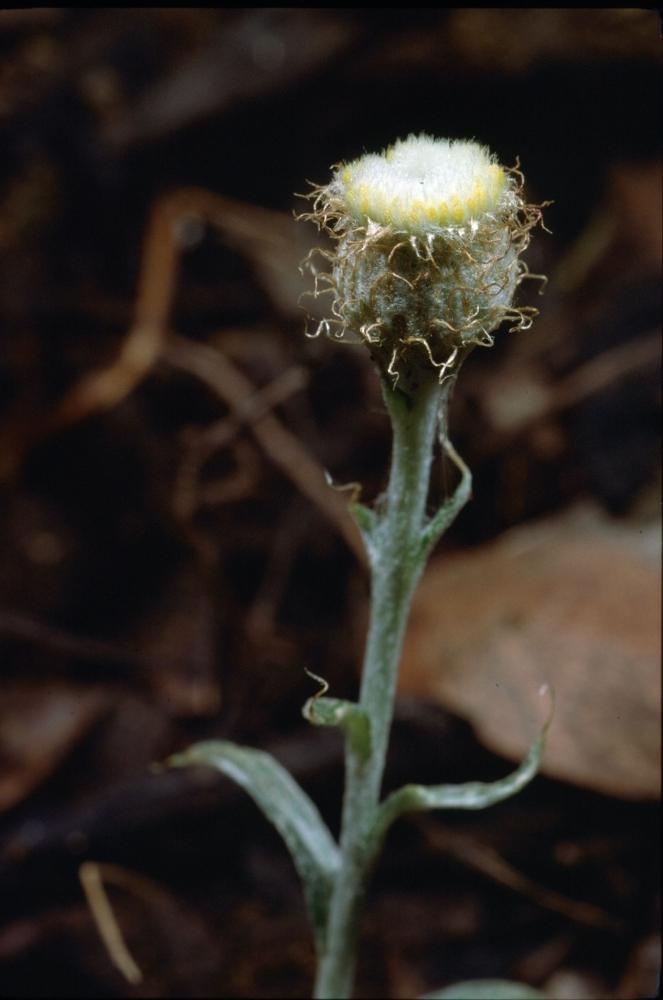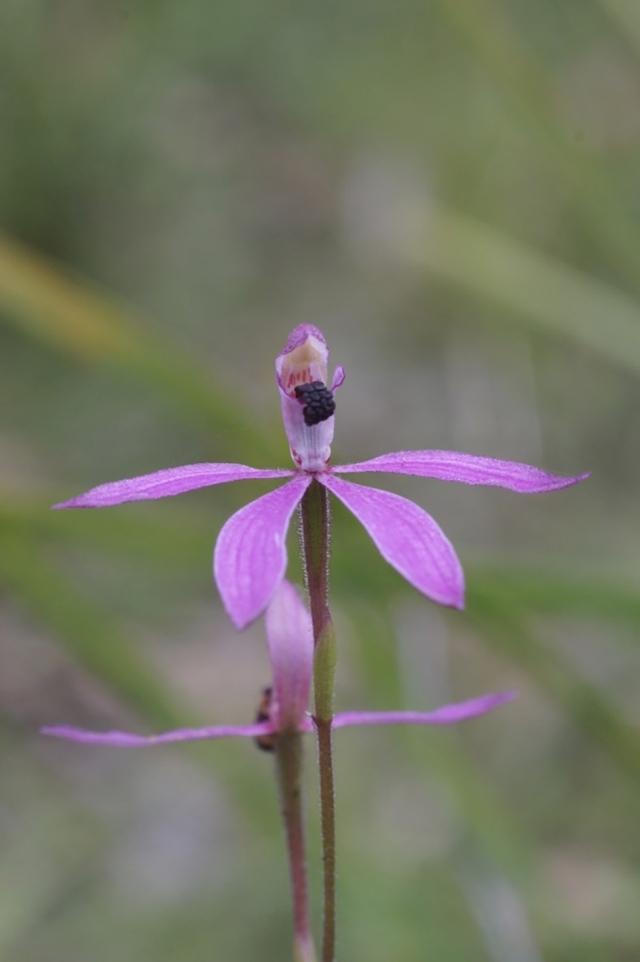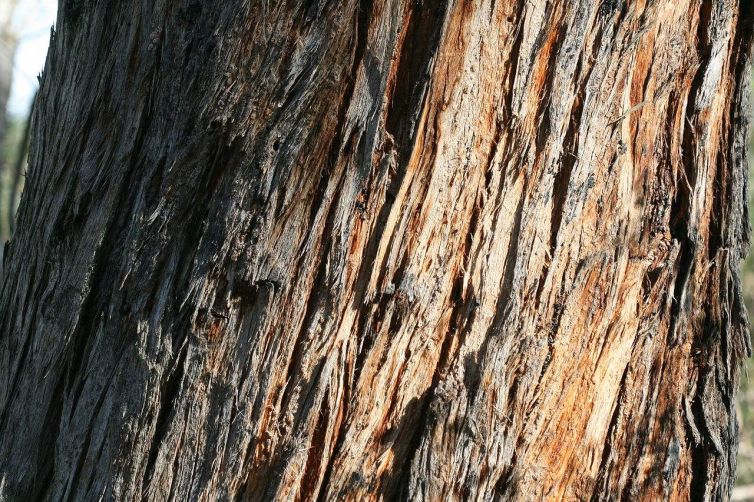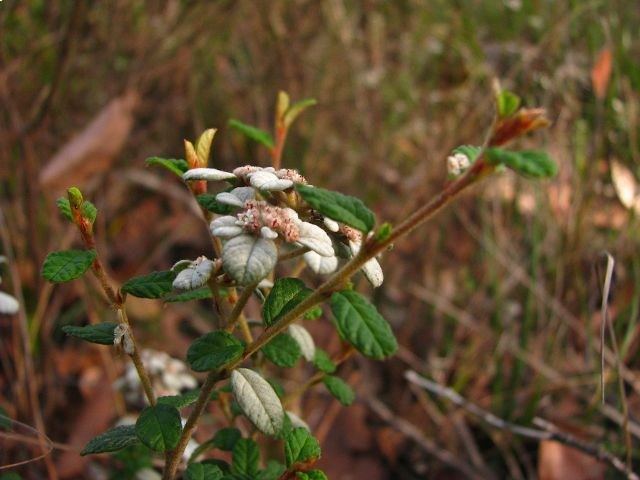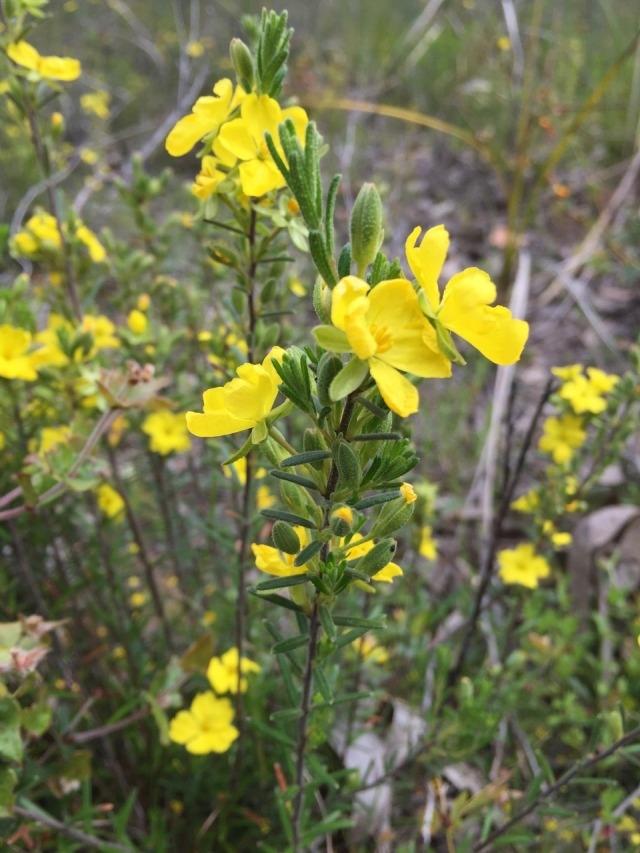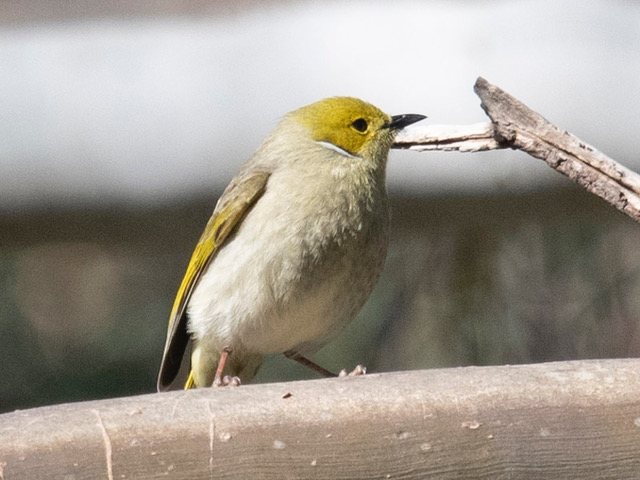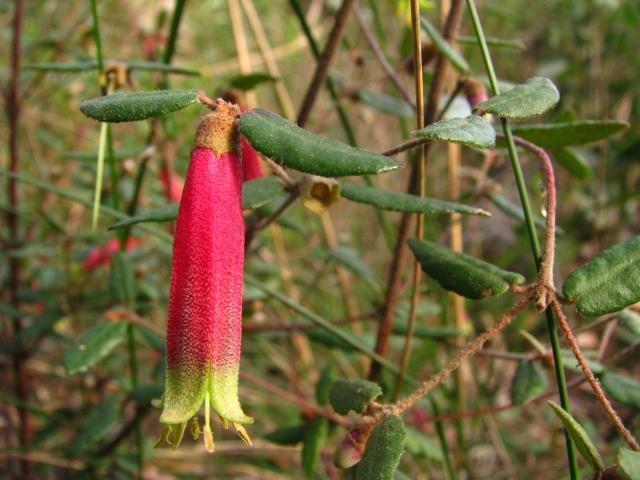
Turn off the Great Ocean Road at Old Coach Road, east of the Moggs Creek Bridge. Follow signs to Picnic Ground. Turn left at Old Neuk Road (bitumen). Continue along the unsealed road and turn left. The road goes past the Guide Camp on the left and a dam on the right. Proceed down the hill to the end of the track which brings you to the picnic ground. There is an information board, toilets, picnic tables and wood-fired barbecues (supply your own wood).
Begin the walk at the western end of the car park at Moggs Creek Picnic Ground at the sign ‘Ocean View Track’. Go past the first track on the left and follow the narrow track straight ahead through the tall ironbarks and messmates.
This is a gradual uphill climb of about 1.5 km until you reach a management track where you turn right and climb to the top of the ridge and join the Moggs Creek Track.
Go straight ahead and downhill in a westerly direction. Continue along the Moggs Creek Track until you come to the junction with Coalmine Creek Track, which is clearly marked on your left, about 5 km from the start of the walk. Follow Coalmine Creek Track down towards the coast until you come to the management gate and then turn down the road past private development to the Great Ocean Road. The area was once surveyed for coal but fortunately the coal discovered was of low quality. A 9-hole golf course was developed near the Great Ocean Road but this has now reverted to indigenous vegetation.
Each track provides an interesting walk through forest vegetation with a dense understorey of wattles and other heathland plants below the eucalypts. Look along the track edges for smaller flowers, which will vary depending on the season of your walk.
The rare Wrinkled Buttons flower in late summer and are found on both tracks. The Black-tongue Caladenia that is very rare in our district can sometimes be found beside Coalmine Creek Track.
Many forest birds inhabit the area and you are sure to hear their calls. You may be lucky enough to see an echidna as there are quite a few of them in the area. You will notice their diggings on the sides of the tracks. Sounds and views of the ocean are an extra bonus.
Black-tongue Caladenia (Photo by Margaret MacDonald)
Varnish Wattle (Photo by Ellinor Campbell)
Erect Guinea-flower (Photo by Ellinor Campbell)
Ironbark (bark) (Photo by Ethel Aardvark, CC BY)
Messmate (Photo by Arthur Chapman, CC BY)
Eastern Correa (Photo by Ellinor Campbell)
White-plumed Honeyeater (Photo by Margaret Lacey)
Echidna (Photo by PCTRS)




